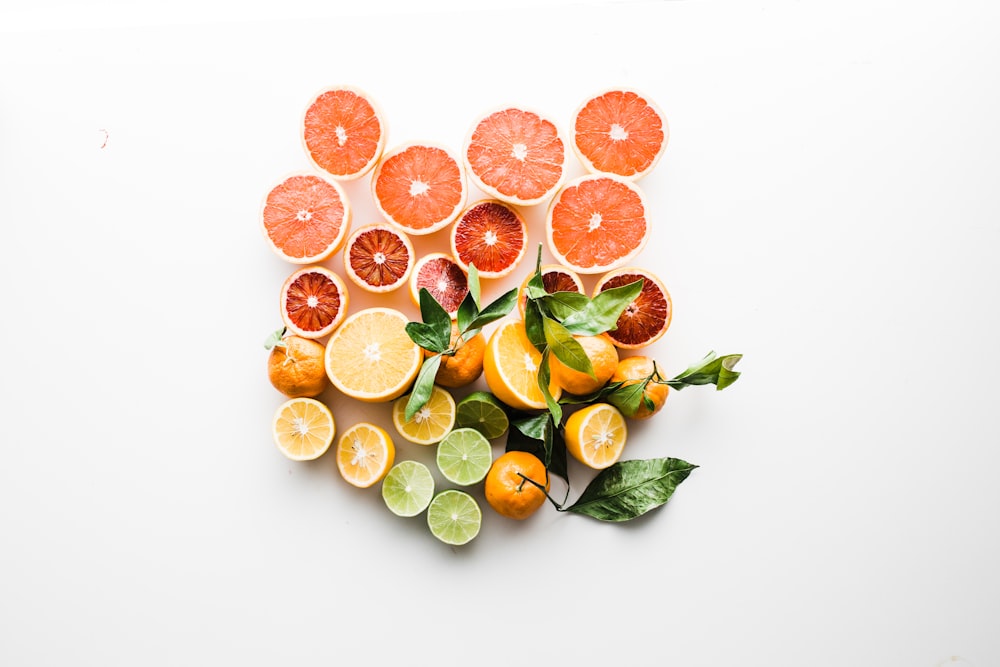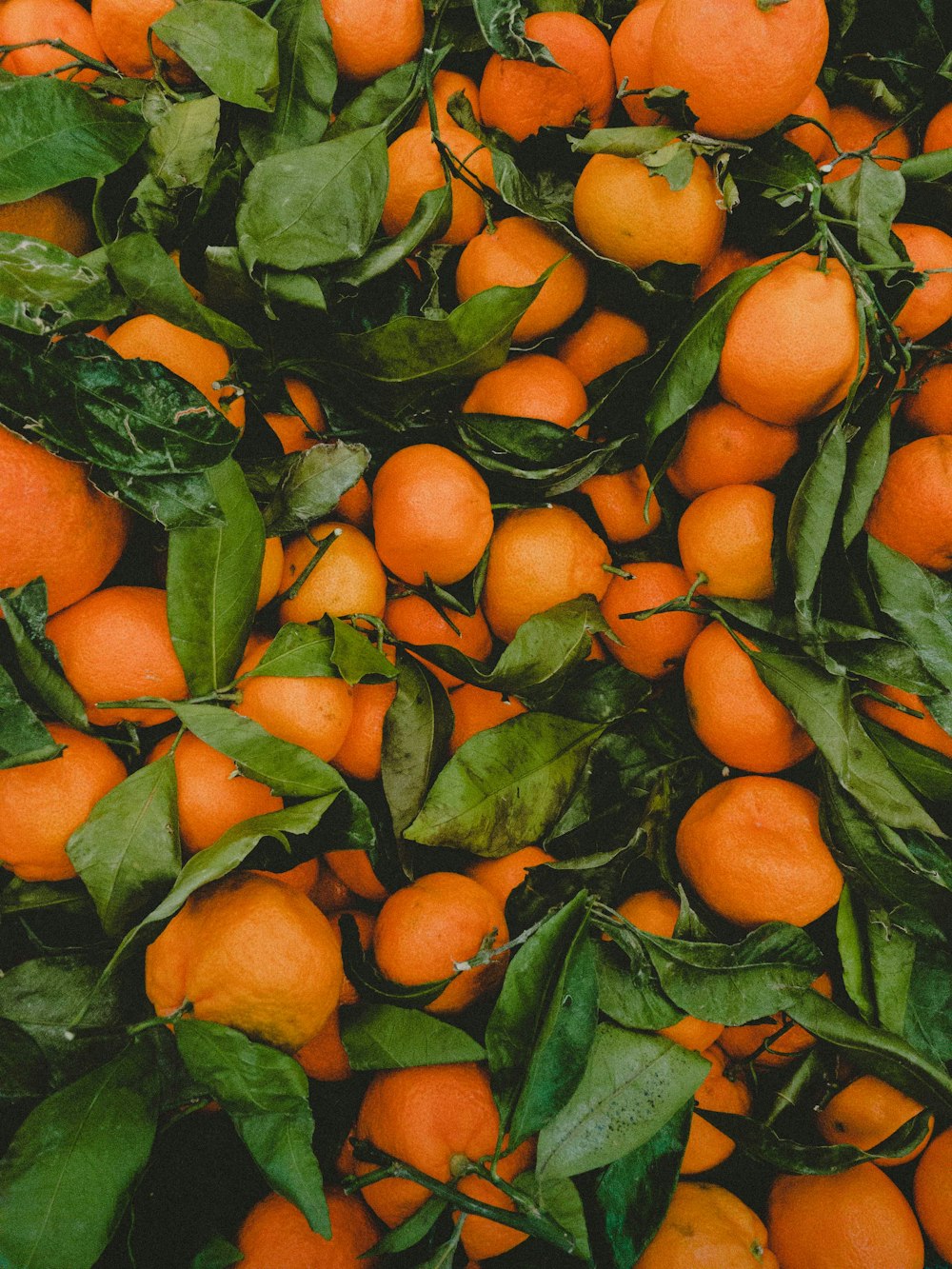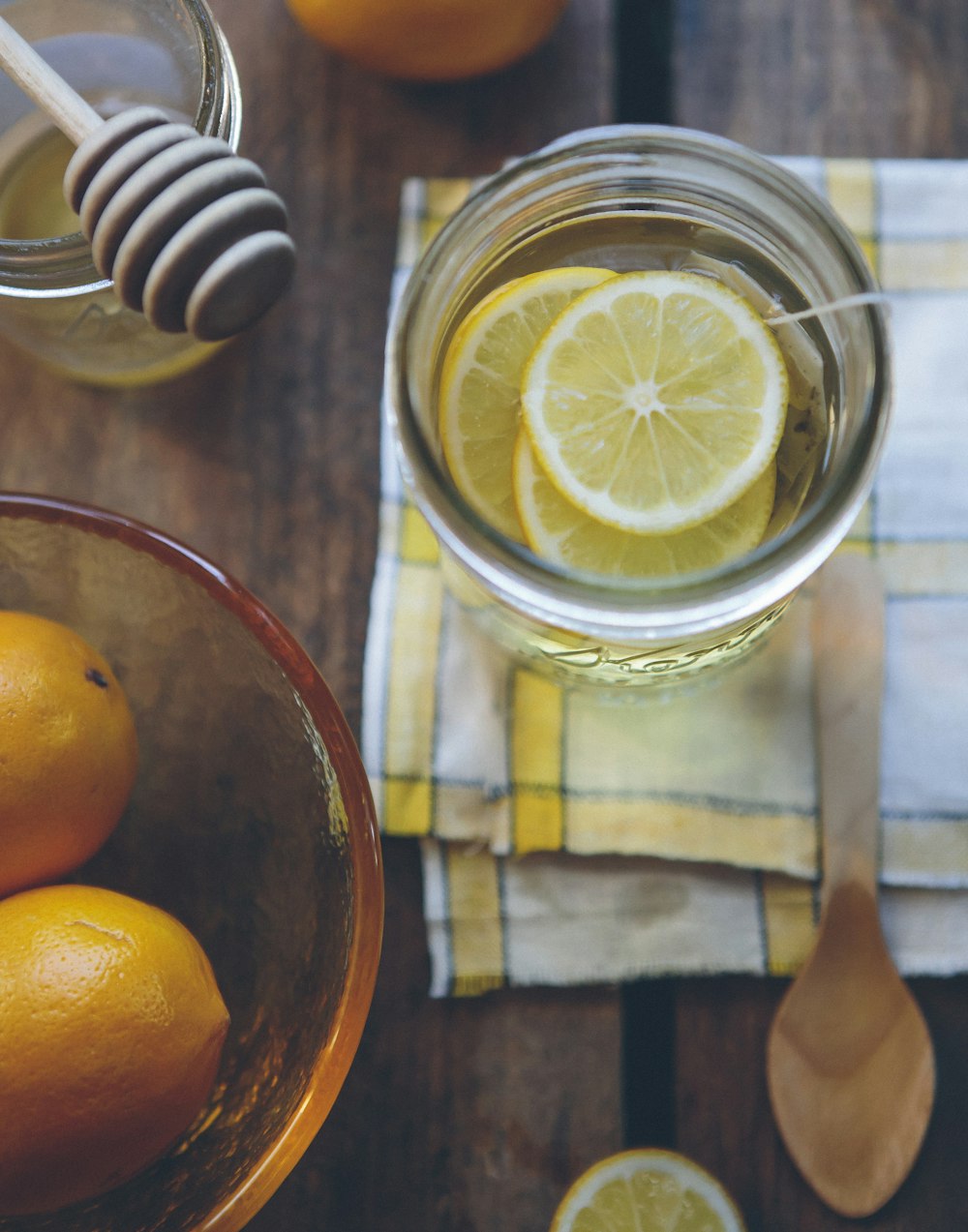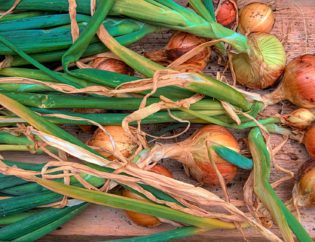 As our yards get smaller, or we already have planted our entire yard, it may seem we don’t have the room for new plants. With thoughtful (and fun) planning, growing citrus trees in small spaces has never been easier.
As our yards get smaller, or we already have planted our entire yard, it may seem we don’t have the room for new plants. With thoughtful (and fun) planning, growing citrus trees in small spaces has never been easier.
Citrus trees have great form and evergreen foliage that is attractive all year long. They enjoy the hottest part of your yard with a minimum of 6-8 hours of full sun. So find a sunny spot and decide which height is best for your needs.
Dwarf, Semi-Dwarf, and Standard Sizes
Dwarf varieties are generally 6-8’ tall. Dwarf trees are great for easy picking (no ladder!) and a saver of precious garden space. If you’d like more shade without having a full size tree, semi-dwarfs reach to about 12’. If you have the space, standards can reach up to 25’ with age.
The “best” varieties are all personal preference! But here’s some info about the varieties we carry:
Oranges
You may notice different oranges labeled as “early, mid, or late.” These varieties were grafted for characteristics based on the time the fruit will ripen. Maybe you have a recipe for Christmas that you need a fresh orange for. This is the thoughtful planning mentioned earlier. You can have confidence that a tree in your yard will have an ingredient ready at your leisure. Very few things are as satisfying as grabbing an ingredient while cooking that you have grown yourself.
Valencia Oranges are known for being used for grocery-bought orange juice. When growing them in your own yard, it is important to know that these oranges are not sweet! Valencias are used for orange juice because they are very juicy, and the sugar can be added later. This orange is also best for freezing because the sugars do not separate.
Navel Oranges are not as juicy but very sweet! They do need to be eaten sooner than Valencias because they do not freeze very well.
 Mandarins/Tangerines
Mandarins/Tangerines
Mandarins and Tangerines are synonymous. A few staff favorites are Dancy, Satsumas, and Kishu. “Cuties” are not a variety; they are a brand name for small, seedless tangerines. Clementines are the closest you’ll find to cuties but don’t stop looking there!
Satsumas are a group of mandarins with exceptional sweetness and are nearly seedless. The best part is their thick, easy-to-peel skin. The skin is lumpy and unattractive on the outside, but you’ll be pleased to find there is mandarin gold hiding inside.
Lemons
Popular year after year is the Meyer lemon. Meyer lemons differ from others because they are a cross of a sweet orange and a lemon. A classic characteristic is the skin’s orange-yellow hue. It is widely loved for its tangy yet less acidic flavor and juiciness.
Meyer is our favorite variety for summer lemonade due to its sweetness. This variety can be left on the tree for months and will remain ripe, less for you to have to give away (even though you’ll want to share your citrus glory.)
Eureka is the classic, grocery-bought lemon that is always juicy and tart. Eurekas produce fruit abundantly throughout the year. Thicker skin than the Meyer lemon but softer. They are great for lemon desserts and are used in various dishes.
Special Varieties
Minneola Tangelo is a grapefruit and tangerine cross. The orange-red color will fool you, and your tongue will not thank you when it is not yet ripe. This is a variety worth waiting for; you’ll know it’s ripe when it is less firm than when the color first shows. The flavor is very sweet and tastes much like a tangerine. Once ripe, the fruit will store for two months on the tree!
Australian Finger Lime is very foreign-looking at first. The oblong shape and dark black skin disguises small capsules with excellent flavor. If you love limes, this is a tree that is a must-have. Use as a topping as you would normally with any other lime, and you’ll be sure to have a conversation starter on taco night. This fruit is also a very fun addition to alcoholic beverages for the visual texture.
Pop in the nursery to find our full selection of citrus, including many varieties not mentioned. You can learn more about growing citrus from our post, Citrus Care & Growing Tips.


